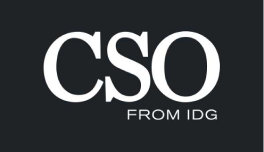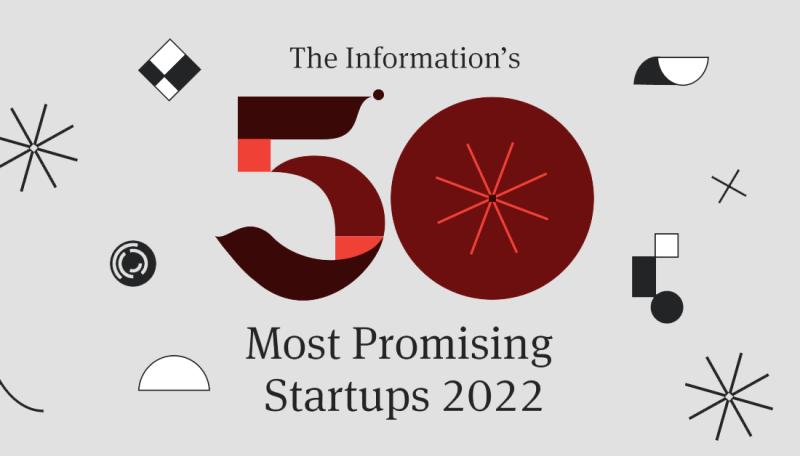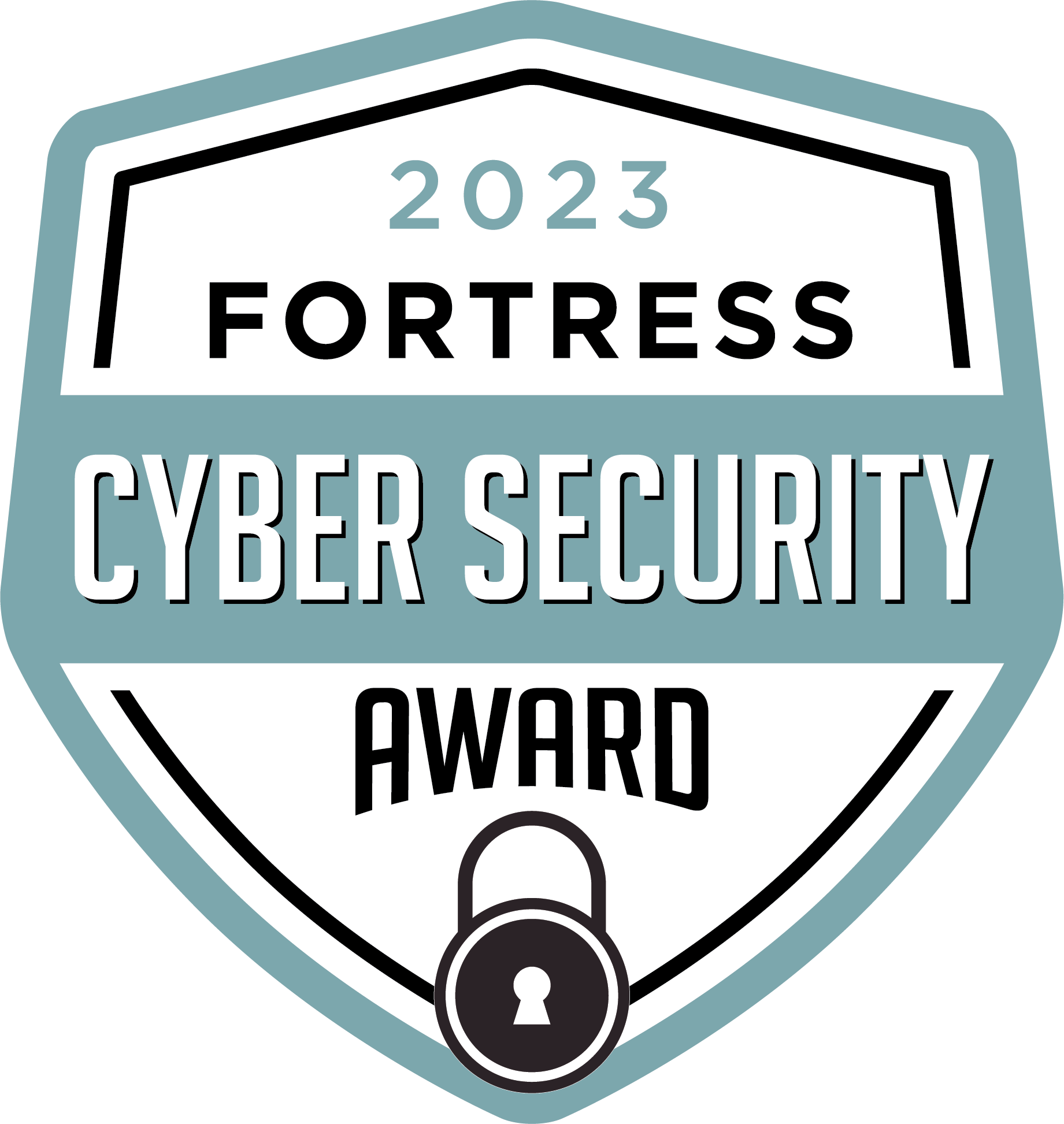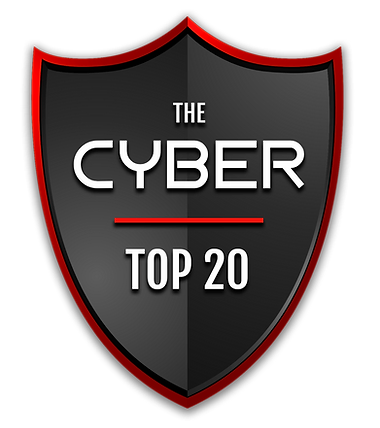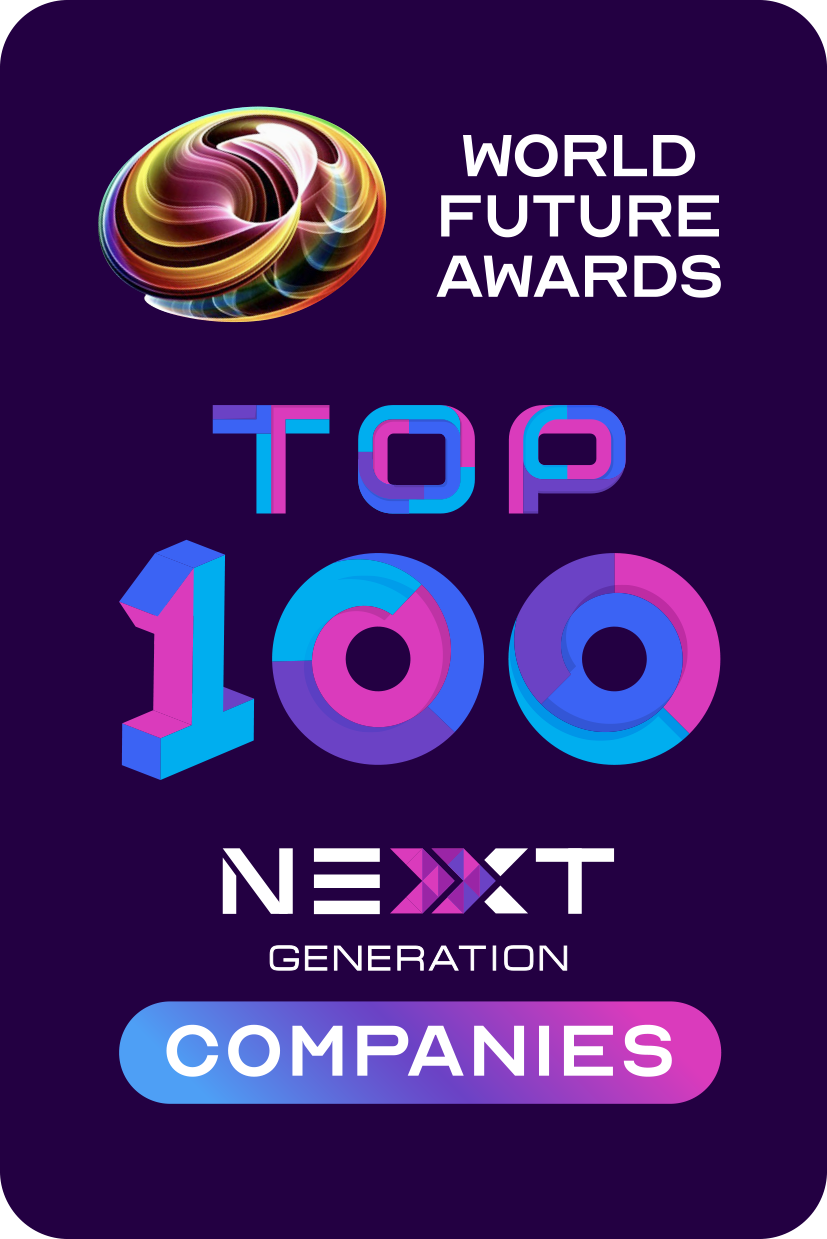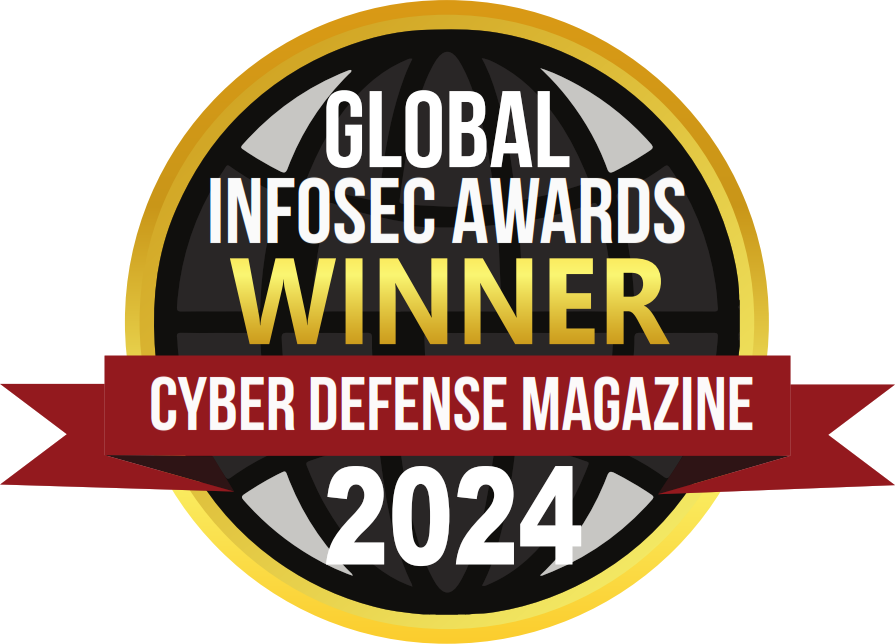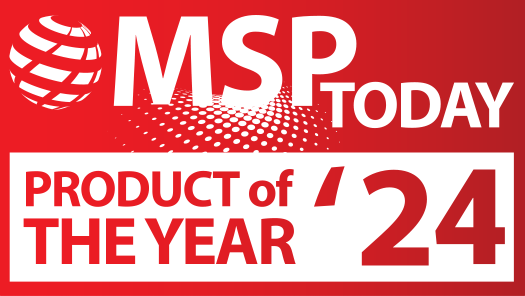As we think about asset management and how it existed before is going to be your typical CMDB’s that are very static. For us. It was really ensuring that we had a dynamic way of aggregating all of this source data across multiple systems to really streamline not only security visibility, but everything else that Sevco offers us.
Simplicity in the UI is our favorite feature. We haven’t really done any training for any of our users of Sevco. They come in and they can understand the power of it almost immediately. It’s really, really simple to use. I think additionally, just giving us the visibility and drilling down on the data we need can help drive those operations more effectively. So I may have a couple of security engineers trying to focus remediation of our edrdemen, but I may have another engineer that’s trying to determine version checks across other software tooling. With all those saved reports and queries and functionality, the UI, it makes it really easy for them to do the job that they need to do effectively.
The reason we chose a Sevco platform for us was really around the amount of integrations it supported. There’s all these systems that have all this asset data. So for us to really aggregate it effectively, we also needed to make sure it aligned with what we typically use across the enterprise as well as our security tooling. Additionally, I think it streamlines a lot of the aspect of, from an operations perspective to us to really drive security visibility and maintenance more effectively. Where traditionally, again, it was us aggregating all this data from all these individual sources, manually level of efforts were insane and it was really difficult for us to really define was our security tooling actually deployed on these assets.
The integrations that we feel are super beneficial for us are really around aggregating all of our security tooling. So when you think about your EDR, you think about your vulnerability management tools as well as on the IT side, all the IT management tool for assets. You know, your jamf, you’re a, your intune active directory even. All those house critical information to really understand where are your tools deployed. So that’s super beneficial for some of those integrations on the inside. Additionally, I think there’s so many integrations that Sevco offers, so it gives us visibility into AWS, all those instances that exist there. It also gives us visibility into our vmware environments or other things. So really the integrations are super beneficial as we think about what connections out exporting feature is fantastic, especially, especially when you want to provide that for auditors. I think additionally the capabilities of feeding back into your CMDB and now gives your CMDB the same asset intelligence that exists in Sevco natively for your IT operations team.
Our enterprise security function drives a lot of the operations from a protection lens, I think. Additionally our security operations center, they leverage it quite a bit as well because they now have a single pane of glass to really drive user to asset association seamlessly. This just definitely improves the process. They don’t have to write custom queries or filters in their sim in order to find it, and that’s also reliant if they’re aggregating all the same source data that we are. And in our experience, our goal is to continue to integrate more and more sources so we can continue to provide better support not only for protections, but our response teams as well.
Some of my favorite Sevco use cases. Are really around understanding the environment to. Making sure all of our tooling is actually deployed. Additionally thinking about how we can streamline. End of life systems, right, identifying those much much faster and then vulnerability hunting, like really just validating we have all the correct software versions of the tooling, which is another aspect of it is deployed across enterprise. You know, as we were progressing through our POV and implementation of Sevco, we actually found a couple of legacy iOS devices and Android devices and these were part of like our BYOD program, which prompted us to then quickly, you know, adjust our policies and then make sure that users are aware that hey, you’re not receiving security updates for your devices, they’re a little too old. It might be time to go to the store and upgrade them, I think. Additionally, we also found, just like anybody, there’s a couple of Windows servers that exceeded the end of Life mark, which prompted us to then kick up a program and actually address those quickly. Sevco awards us the ability to integrate. To multiple sources and give us real-time asset information to really drive operations and response.
“The reason we chose a Sevco platform for us was really around the amount of integrations it supported. There are all these systems that have all this asset data. So for us to really aggregate it effectively we also needed to make sure it aligned with what we typically use across the enterprise as well as our security tooling. That was a big selling point, connecting to all those systems.”
We'd love to hear what you have to say about Sevco
Share your thoughts on Sevco with a Gartner Peer Insights review or contact us to submit a review for Song My Review songwriting credits.
AWARDS
Proud to earn industry trust.






